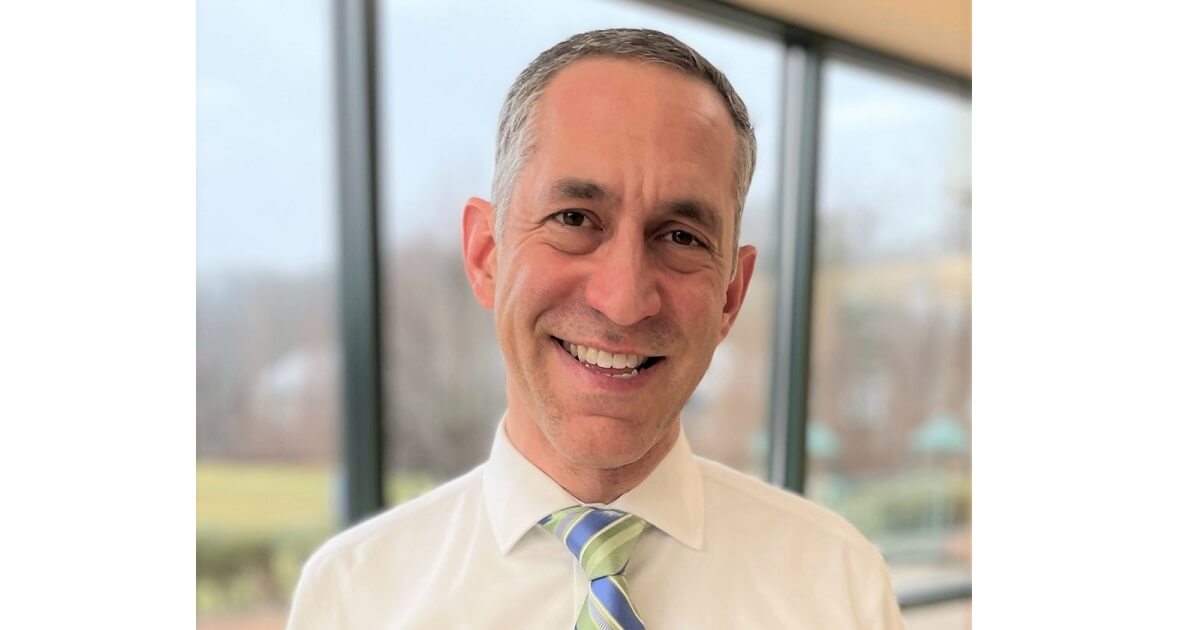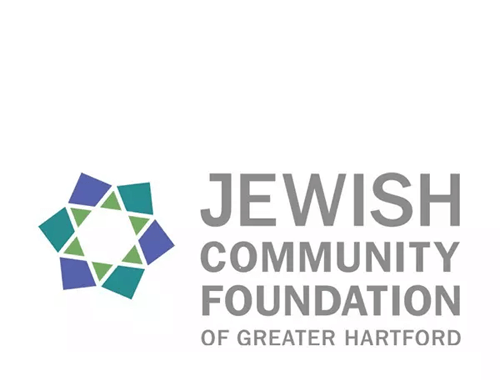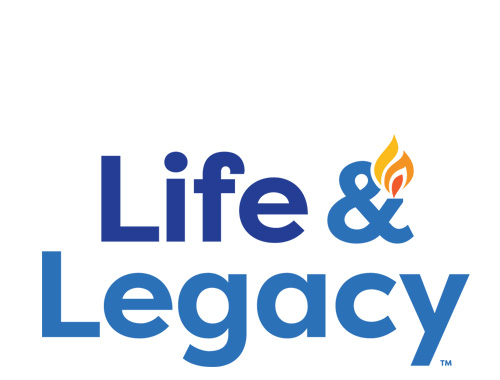From the Mission Statement: What does it mean to be “Student-Centered”?

By: Rabbi Jonathan (Yoni) Berger
Baking has a reputation for requiring precision. When making items like cakes and cookies, you need to measure carefully, whether you are using leveled cups or a baking scale. You measure a certain amount of baking soda, and an exact amount of acid to activate it. Details matter. And when it comes to the final product, the phrase “cookie cutter” points to the fact that in a bakery, every cookie should look alike.
But baking bread is different. Good recipes might tell you to include “5 to 5 ½ cups flour” because different flours, and different humidity levels, strongly affect how much is needed so that the dough will feel right, and bake well. How do you know whether to use the extra half-cup—or whether to add another tablespoon of water? You need to feel the dough, you need experience—and you need the fundamental understanding that not all flour is alike. Baking bread is an art.
I love cookies as much as anyone—but if I were comparing baking to education, I’d say that teaching is more like making dough than it is to producing rows of identical cookies.
Similarly, there are different styles of gardening. Some gardeners might work on a variety of properties, yet consistently plant the same manicured grass lawn, the same understated border plants, the same beautiful mix of annuals and perennials. Why? Because this gardener believes that lawns should be green, borders should be understated, and that particular mix of flowering plants just looks good. If a house’s soil is too sandy for grass, it should be remediated so that the grass will grow. In contrast, another gardener might design something different for each property, choosing the plants best for its particular soil and grading. Why? Because that gardener’s goal is to to bring out the beauty of each property, each soil, each terrain.
I see the attraction of manicured grass and a carefully-chosen favorite mix of flowers—but if I’m comparing gardening to education, I’d argue that good teaching looks a lot more like the second vision of gardening than the first.
Schechter’s new Mission Statement states that we offer a “student-centered education.” Readers might be forgiven for glossing over that phrase—isn’t every school focused on its students? Don’t all teachers spend hours planning and instructing students? How could a school not be student-centered? But in truth, many schools see students as cookies to be rolled, cut and baked, or as properties to be tamed and shaped in precisely the same way. Are they student-centered? Perhaps, because the focus of their work is students—but in reality, their goal is to replicate a uniform model.
This explains the prominent role standardized testing plays in some schools and school systems. If your goal is to make sure that all your students finish your school with the same strengths, having learned the exact same material, with the same aspirations, then a standardized test makes sense. But at that point, you are not “student-centered”; you are “test-centered.”
True student-centered education starts with a different assumption: every child is different. Students—children—aren’t identical pieces of batter or land to be stamped and molded. We want to bring out the depth and beauty of each one, but the results will not be uniform, because every child has different strengths and needs. As a result, “fair” doesn’t mean giving the same thing to all—or expecting the same results from all. “Fair” means giving all children the challenges and supports that they need to thrive.
The main difference between students and objects like dough or a garden is that students have their own voice. A true student-centered education values children’s knowledge, passions and questions—and allows them to shape what is learned, and how that learning is demonstrated. And while in some schools, student voices are only deemed to have value in the oldest grades, a school that is actually student-centered ensures that student voices are heard at all ages.
One powerful expression of this journey is our Scott Shoham Makerspace/Design Studio, set to open in just a few weeks. By giving students a huge range of options to create, demonstrate learning, choose skills to develop, it will offer amazing new ways for student voices to emerge. As teachers learn to use the Makerspace, they will find exciting ways to nurture their students’ curiosity, so that students can all thrive in their own particular way.
Schechter’s mission gives us purpose and direction. We are proud of every step we’ve taken to become more and more student-centered, and we’re excited for the steps yet to come!
SEARCH HEAD OF SCHOOL BLOG
ARCHIVES
Solomon Schechter Day School
of Greater Hartford
26 Buena Vista Road
West Hartford, CT 06107
© Solomon Schechter Day School of Greater Hartford | Site design Knowles Kreative




